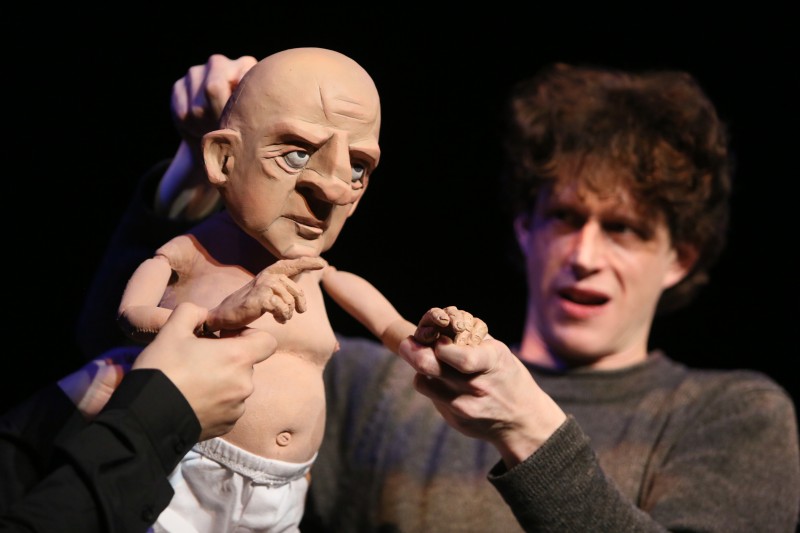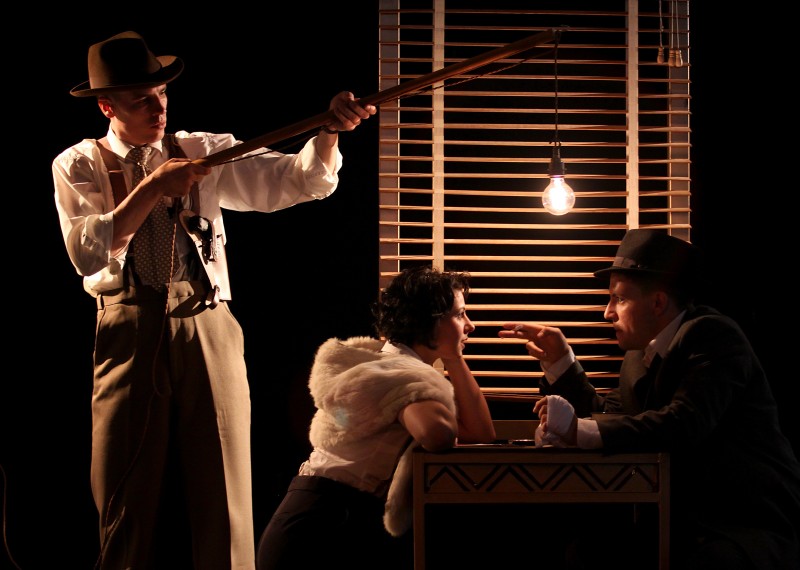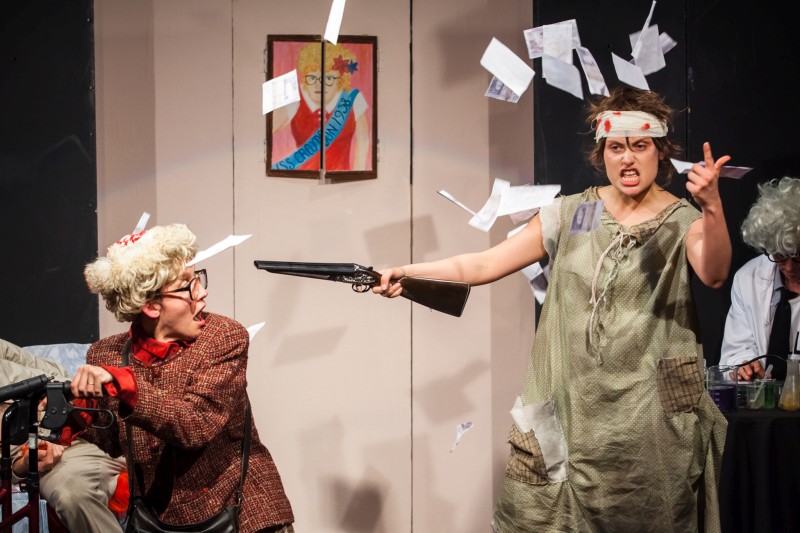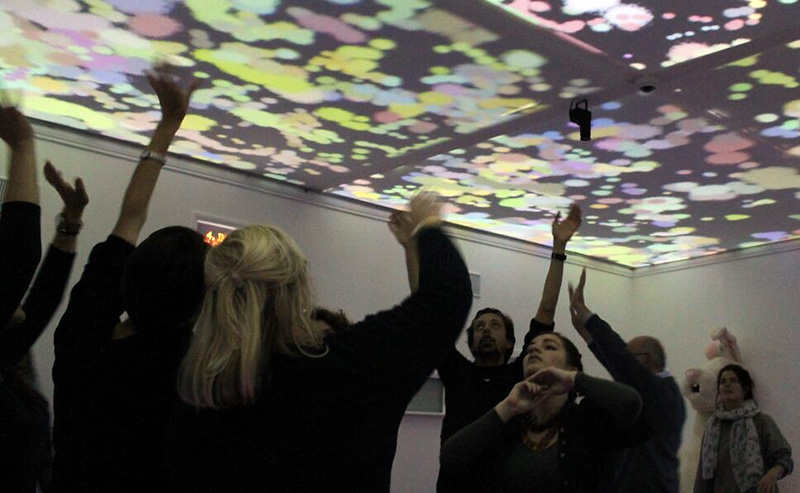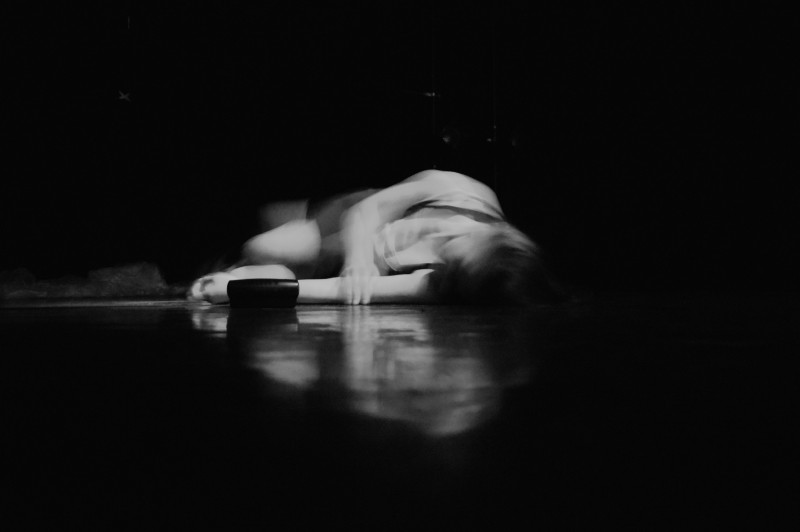 Set in near-darkness, Cathedral, inspired by a short story by Raymond Carver, uses light and sound to explore our experience of memory, truth, and reality. The darkness is disorienting at first, leaving us in a heightened state of awareness, waiting in earnest for the smallest flicker of light or movement.
Set in near-darkness, Cathedral, inspired by a short story by Raymond Carver, uses light and sound to explore our experience of memory, truth, and reality. The darkness is disorienting at first, leaving us in a heightened state of awareness, waiting in earnest for the smallest flicker of light or movement.
The performance is built around these flickers – snippets of story told through voices broadcast from an old cassette player, describing a seemingly random selection of memories from a relationship. The memories are disjointed and without context, but even so, we strive to construct a narrative to connect them, actively looking for the beginning, middle, and end of the relationship in their disparate recollections. The couple are never seen but their voices and their memories paint a vivid picture, full of the small details that make each relationship unique: how they met, the way she looked in the bath, the scrawl of her handwriting.
Gradually, in low light – and often no light – two performers begin to act out not the scenes being described, but rather their memory, or perhaps just the feeling of the memory. Sometimes their movements are slow and measured, at other times quick and erratic. With handheld lights, they cast ethereal shadows across the stage adding to the surreal quality of the disembodied voices. The clever use of light focused solely on a performer’s mouth, for instance, seems synchronized with the recorded voice but as sound and performer slowly become uncoordinated the scene eerily mirrors the disintegration of memory as we might experience it.
Given the darkness of the performance, Cathedral also relies heavily on sound for impact, and the sound design of each memory adds another layer of meaning. Some clips sound distorted or distant as though painful or only barely remembered, where others are repeated throughout and frequently overlapped, suggesting pain or regret. These effects seem to more closely mirror the reality of patterns of memory: the random access, the vagueness, the blanks.
Although two voices (male and female) are present throughout, the two performers are both women, begging the question of whose memory it is. Could it be the memory of the male voice, his memory of the woman? Are the performers two different characters, or are they different memories of the same character? Do they represent characters at all? Many of the moments described are dreamlike, Carver’s imagery references priests and doppelgangers, giving the narrative a morbid feel and encouraging the audience to question the truth of each memory. Accordingly it is a highly conceptual performance, nothing is concrete, everything open to interpretation. While this can be liberating, it is also frustrating at times, offering little in the way of resolution.
As a whole, the experience of the performance recreates well the feeling of memory, which its research, partially supported by the Wellcome Trust, sets out to explore. Simple actions such as a performer repeatedly moving their light across their body give the impression of remembering the same, single detail again and again. Or a split second of light first distorting and then clarifying a silhouette conveys a memory just out of reach before becoming clear. While each of the memories that make up Cathedral provides a moment of interest or intrigue, the performance overall feels less cohesive, ending abruptly and leaving the audience without a firm grasp on the overall intent. The experience is certainly immersive and explores some interesting subject matter but leaves the audience with rather more questions than answers.

